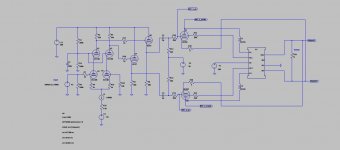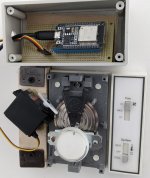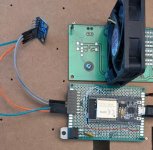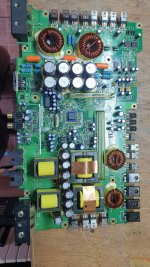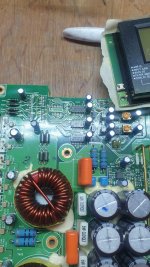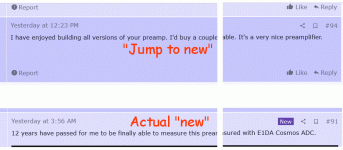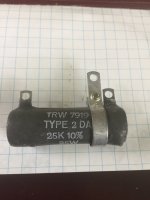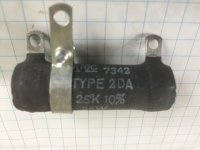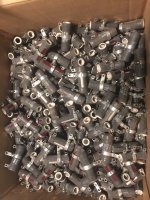The OTL configuration has obvious advantages, but it is not very practical with "regular" tubes and speaker impedances: to push a reasonable output power into a 4 ohm load requires largish currents, huge tubes tolerating amperes of cathode current, meaning they also have a large plate dissipation, and because of the voltages involved in tubes circuits, the output power is also gigantic.
This is not very convenient, and 800 ohm speakers were a niche, limited to some TV sets and record players.
Here is a possibility to fake an OTL, without actually enduring all the consequences. It is not perfect, obviously and requires a transformer, but the topology makes the transformer almost invisible.
The example I provide has been actually tested, but it is not meant to be a complete, finished project: it is improvised with what I had handy, and to make a real, buildable project, you need to do your own work.
Here is the circuit:
The output stage is a cathode-follower, directly driving the load. Of course, the transconductance and the maximum cathode current are too low to drive a regular load. This requires a trick, in the form of a transformer.
The primary of the transformer is in the anode circuit, where it senses the excess current required from the cathode and provides "assistance" via the stepped-down secondary.
Note that it is an actual follower: you could argue that since the same excitation current flows through both windings in series, it is simply an autoformer rearrangement of a conventional plate-loaded stage, but this circuit is always a follower (ideally at least), and even if you alter the turns ratio, it will always tend to a gain of 1.
In practice, with a weakish tube like the ECL82 and a non-optimal transformer, it is rather far from unity gain (much lower), but it does work.
This is the response to a 1K triangle wave, just before clipping:
This is the clipping behavior:
And this is the test circuit:
It is based on the same transformer and heat-sunk PCL82 as this project:
https://www.diyaudio.com/community/...rging-a-e-pcl82-amplifier.351667/post-6134055
With 10K in the screen grid, the output power is 4W for 1% THD (Vs=320V, Itot=50mA).
With the auxiliary winding in the grid circuit, the output rises to 5.5W for 1% THD, and the supply current to 60mA .
I also include the .asc, but for reference only: the values have been heavily altered according to the real circuit, and they might not work well in sim
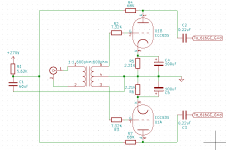
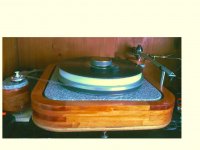
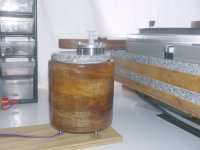
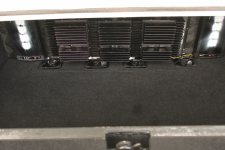
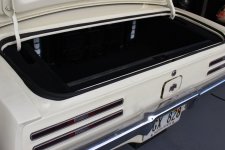
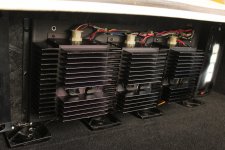
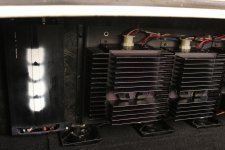
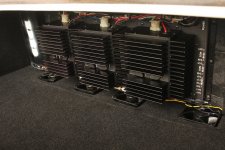
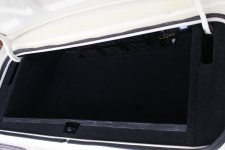
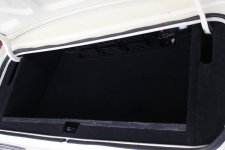
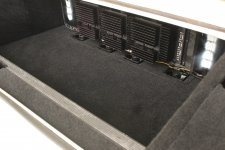
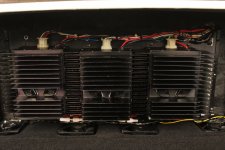

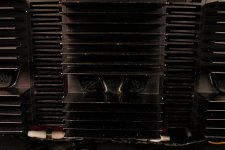

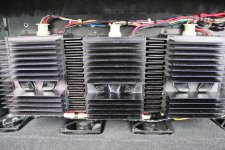
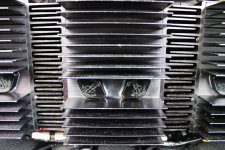

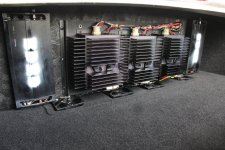
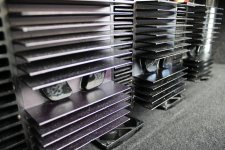
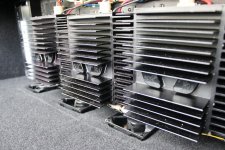
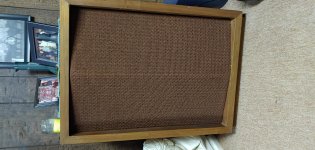
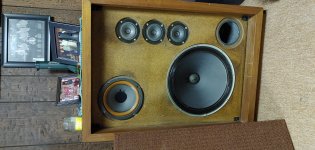
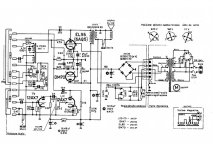
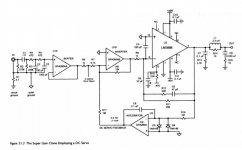
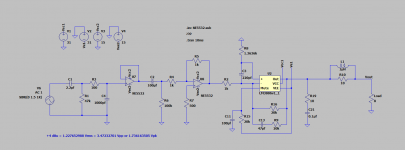
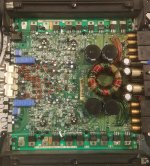
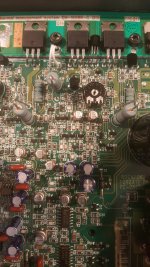
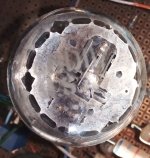
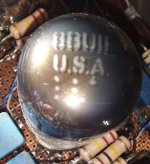
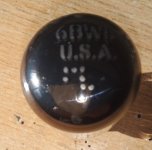
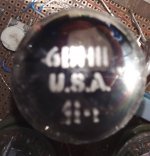
![DSCN0968[1].JPG DSCN0968[1].JPG](https://www.diyaudio.com/community/data/attachments/970/970998-adb67c334ad9a67771d99977ec4c5689.jpg?hash=rbZ8M0rZpn)


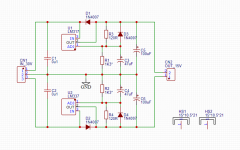
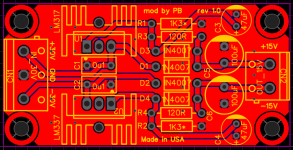

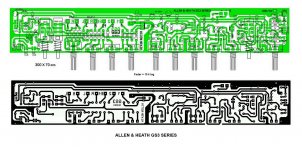
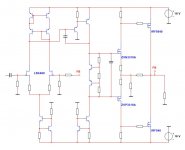
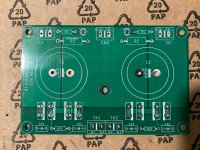
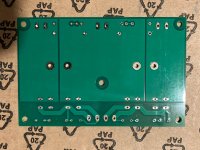
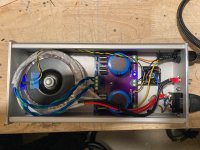

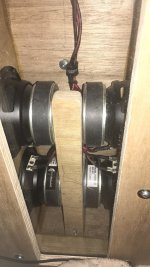
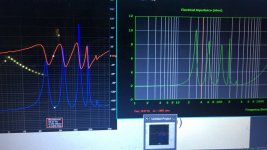
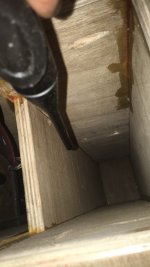
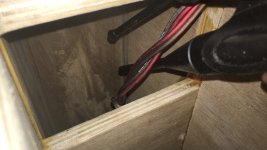
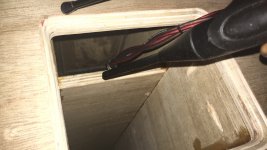
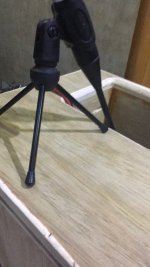
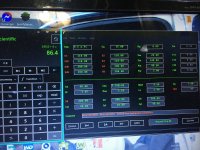
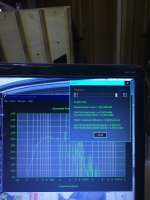
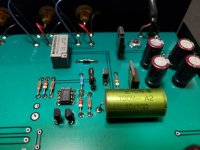
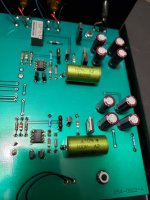
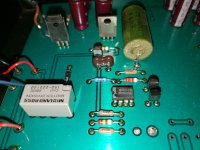
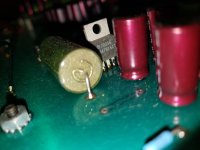
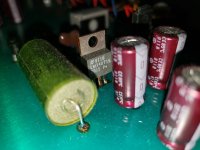
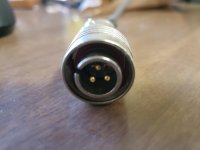
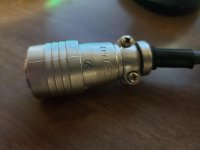
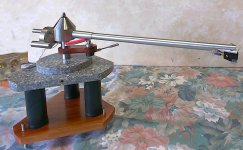
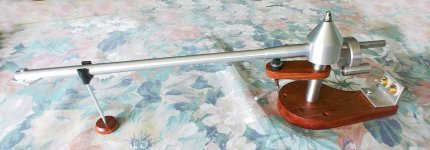
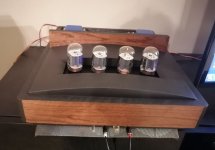
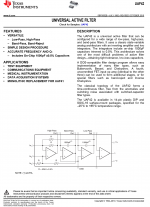
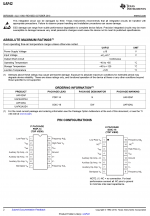
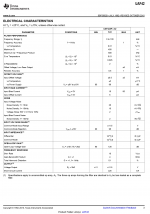
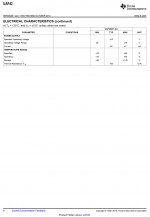
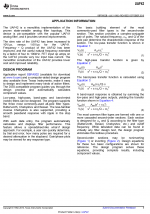
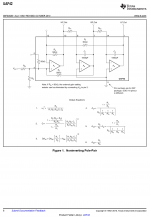
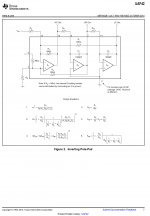
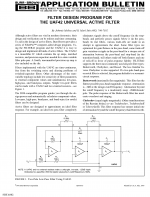
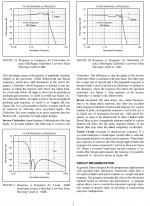
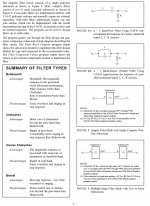
![[IMG] [IMG]](/community/proxy.php?image=http%3A%2F%2Fwww.tapeheads.net%2Fimages%2Fsmilies%2Fsmile.gif&hash=e316cf70755da4a78d31397350d4d538)
